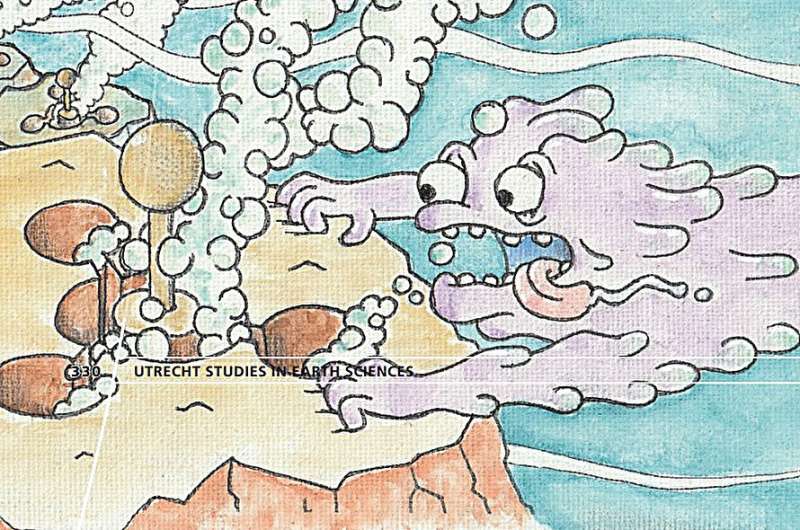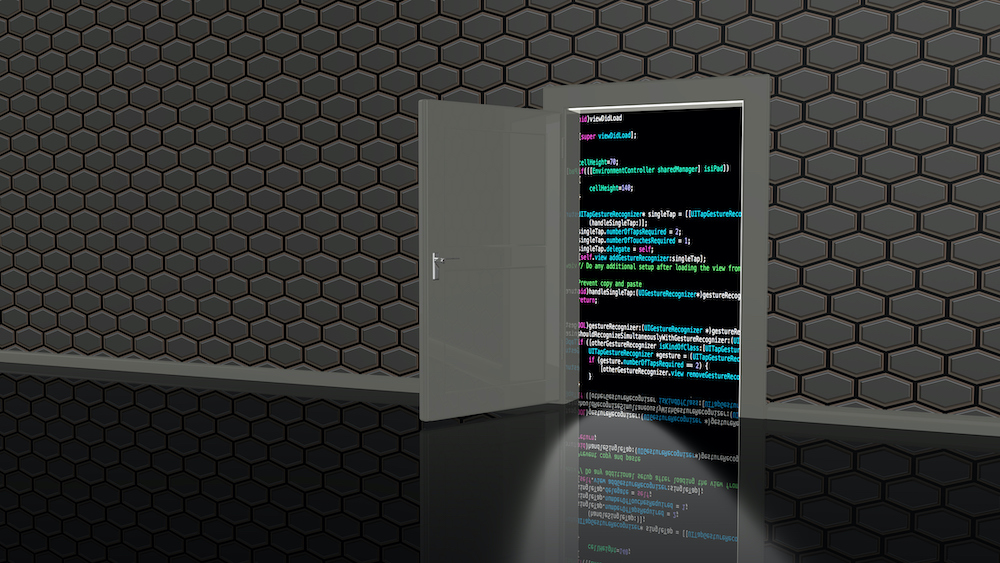Edit Content
Trending






Chirality refers to objects that cannot be superimposed onto their mirror images through any combination of rotations or translations, much like the distinct left and right hands of a human. In chiral crystals, the spatial arrangement of atoms confers a specific “handedness,” which—for example—influences their optical and electrical properties.
A Hamburg-Oxford team has focused on so-called antiferro-chirals, a type of non-chiral crystal reminiscent of antiferro-magnetic materials, in which magnetic moments anti-align in a staggered pattern leading to a vanishing net magnetization. An antiferro-chiral crystal is composed of equivalent amounts of left- and right-handed substructures in a unit cell, rendering it overall non-chiral.
The research team, led by Andrea Cavalleri of the Max-Planck-Institut for the Structure and Dynamics of Matter, used terahertz light to lift this balance in the non-chiral material boron phosphate (BPO4), in this way inducing finite chirality on an ultrafast time scale.
The team’s research is published in the journal Science.
“We exploit a mechanism termed nonlinear phononics,” says Zhiyang Zeng, lead author of this work. “By exciting a specific terahertz frequency vibrational mode, which displaces the crystal lattice along the coordinates of other modes in the material, we created a chiral state that survives for several picoseconds,” he added.
“Notably, by rotating the polarization of the terahertz light by 90 degrees, we could selectively induce either a left- or right-handed chiral structure,” continues fellow author Michael Först.
“This discovery opens up new possibilities for the dynamical control of matter at the atomic level,” says Cavalleri, group leader at the MPSD. “We are excited to see potential applications of this technology and how it can be used to create unique functionalities. The ability to induce chirality in non-chiral materials could lead to new applications in ultrafast memory devices or even more sophisticated optoelectronic platforms.”
More information:
Z. Zeng et al, Photo-induced chirality in a nonchiral crystal, Science (2025). DOI: 10.1126/science.adr4713
Citation:
Terahertz pulses induce chirality in a non-chiral crystal (2025, January 23)
retrieved 23 January 2025
from https://phys.org/news/2025-01-terahertz-pulses-chirality-chiral-crystal.html
This document is subject to copyright. Apart from any fair dealing for the purpose of private study or research, no
part may be reproduced without the written permission. The content is provided for information purposes only.
©2024. Livebuzznews. All Rights Reserved.